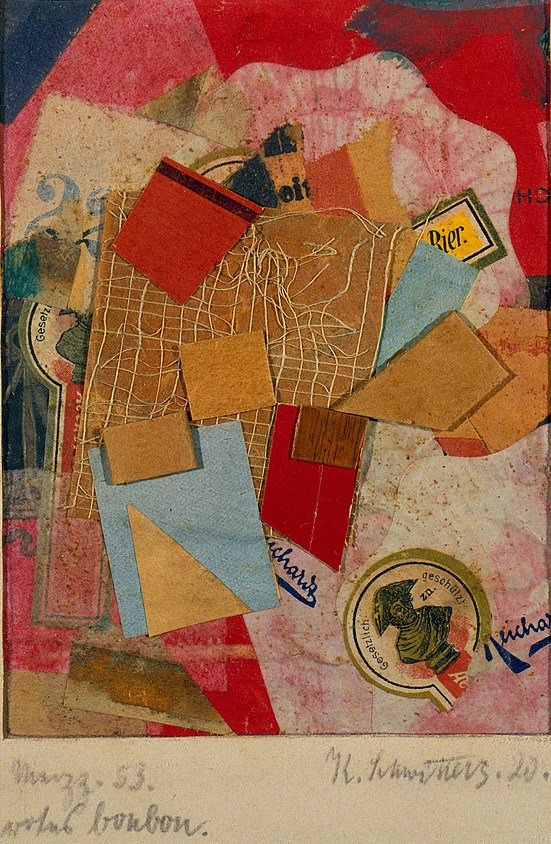UMA EXPERIÊNCIA ANACRÔNICA: A SEREIA CARRANCUDA
DOI:
https://doi.org/10.48075/rlhm.v10i16.10551
Agências de fomento
CNPq - Conselho Nacional de Desenvolvimento Científico e Tecnológico
Palavras-chave:
Imagem, Tempo, Anacronismo, SereiaResumo
“Sempre diante da imagem estamos diante do tempo”, nos ensina o historiador de arte Georges Didi-Huberman. A imagem traz a sua contemporaneidade ao ser olhada e ao mesmo tempo quando ela nos olha. Seu passado entrecruza o presente e o futuro. São diferentes tempos em uma mesma imagem possibilitando diversos sentidos e significações. A imagem da Sereia está estreitamente entrelaçada por uma complexidade de sentidos. Este ser mitológico, híbrido, metamorfoseado (metade mulher/ metade ave, ou metade mulher/ metade peixe), proporciona fazer diferentes abordagens sobre as muitas facetas da modernidade e suas consequências. Possibilita cruzar temporalidades e observar como o tempo não se apresenta de forma cronos, mas sim aion, permitindo analisar o sentido das Sereias em períodos distintos das nossas artes. Neste trabalho destacamos as esculturas de Sereia feitas em cerâmica pelo artista plástico Francisco Brennand, que lamentam e silenciam a terra descoberta, assim como as interferências que a modernidade teve no “destino” da civilização. Brennand trabalha nesse anacronismo. Suas Sereias, apesar de vistas como mudas, são na realidade faladeiras. Possuem inúmeros discursos visuais, nos trazem uma experiência, nos dizem algo. No entanto, nos é proposto experimentar, “Pensar e não ver”, para desvendar os sentidos e significados destas Carrancas de Recife.Downloads
Publicado
12-02-2015
Como Citar
BREMER, L. M. UMA EXPERIÊNCIA ANACRÔNICA: A SEREIA CARRANCUDA. Revista de Literatura, História e Memória, [S. l.], v. 10, n. 16, 2015. DOI: 10.48075/rlhm.v10i16.10551. Disponível em: https://e-revista.unioeste.br/index.php/rlhm/article/view/10551. Acesso em: 8 dez. 2025.
Edição
Seção
DOSSIÊ LITERATURA E ARTES EM CONTATO
Licença
Aviso de Direito Autoral Creative Commons
Política para Periódicos de Acesso Livre
Autores que publicam nesta revista concordam com os seguintes termos:
1. Autores mantém os direitos autorais e concedem à revista o direito de primeira publicação, com o trabalho simultaneamente licenciado sob a Licença Creative Commons Attribution que permite o compartilhamento do trabalho com reconhecimento da autoria e publicação inicial nesta revista.2. Autores têm autorização para assumir contratos adicionais separadamente, para distribuição não-exclusiva da versão do trabalho publicada nesta revista (ex.: publicar em repositório institucional ou como capítulo de livro), com reconhecimento de autoria e publicação inicial nesta revista.
3. Autores têm permissão e são estimulados a publicar e distribuir seu trabalho online (ex.: em repositórios institucionais ou na sua página pessoal) a qualquer ponto antes ou durante o processo editorial, já que isso pode gerar alterações produtivas, bem como aumentar o impacto e a citação do trabalho publicado (Veja O Efeito do Acesso Livre).
Licença Creative Commons
Esta obra está licenciada com uma Licença Creative Commons Atribuição-NãoComercial-CompartilhaIgual 4.0 Internacional, o que permite compartilhar, copiar, distribuir, exibir, reproduzir, a totalidade ou partes desde que não tenha objetivo comercial e sejam citados os autores e a fonte.


